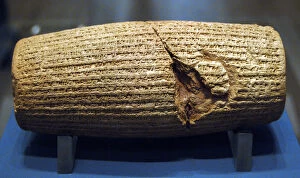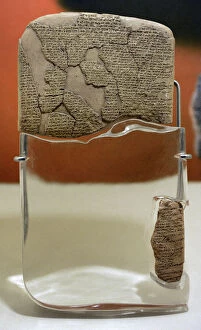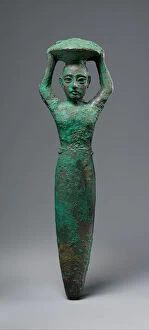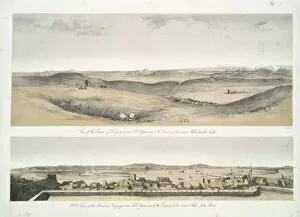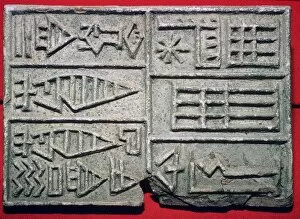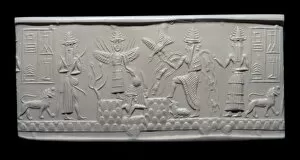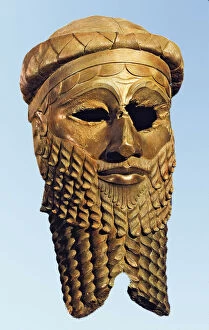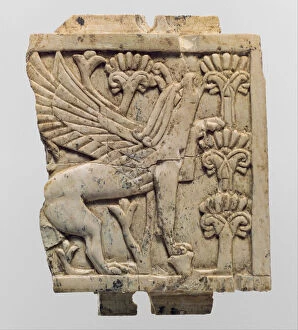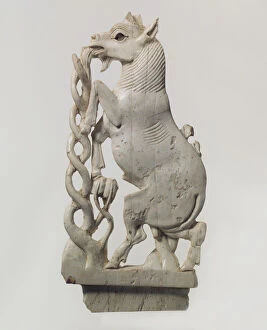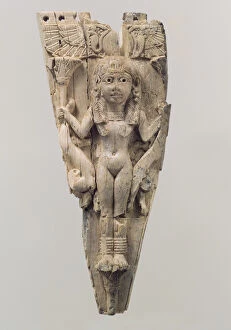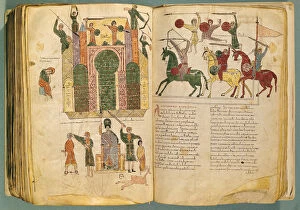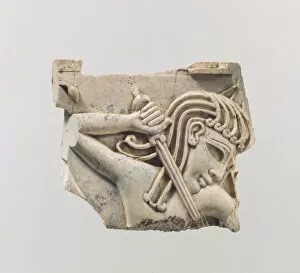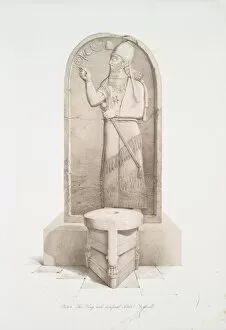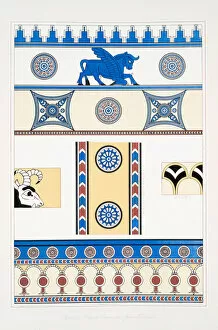Akkadian Collection
Akkadian, the ancient language of Mesopotamia, is brought to life through a myriad of artifacts and inscriptions
All Professionally Made to Order for Quick Shipping
Akkadian, the ancient language of Mesopotamia, is brought to life through a myriad of artifacts and inscriptions. The Cylinder of Cyrus the Great showcases Akkadian text that tells tales of conquest and power. Meanwhile, the Kadesh Treaty stands as a testament to diplomacy between Egypt and Hittite, written in this ancient script. The Foundation figure of king Shulgi of Ur depicts a regal ruler carrying a basket, symbolizing his role as provider for his people. A stunning Openwork plaque with a striding sphinx reveals the artistic prowess craftsmen during the 9th-8th century B. C. , showcasing their mastery over ivory. Gazing upon the mounds of Kouyunjik and Nebbi Yunus transports us back to an era when these cities thrived under Akkadian rule. Brick-stamps bearing Akkadian inscriptions serve as evidence for administrative systems employed by this civilization. Stone reliefs like that depicting Sargon I standing before a tree of life evoke spiritual beliefs intertwined with nature's symbolism during the 24th-23rd century BC. The Kudurru (stele) dedicated to Shitti-Marduk further exemplifies religious devotion within Akkadian society. Busts such as that portraying king Sargon of Akkad immortalize rulers who shaped history with their leadership skills. Furniture plaques carved in relief present male figures grasping trees—a representation perhaps denoting fertility or prosperity. Painted bricks from Nimroud provide glimpses into grand palaces adorned with vibrant colors, offering insight into architectural marvels created by skilled artisans using lithography techniques in 1849. Finally, cylinder seals capture scenes from combat—depicting warriors engaged in fierce battles—an enduring testament to bravery etched onto albite stones dating back centuries ago.

